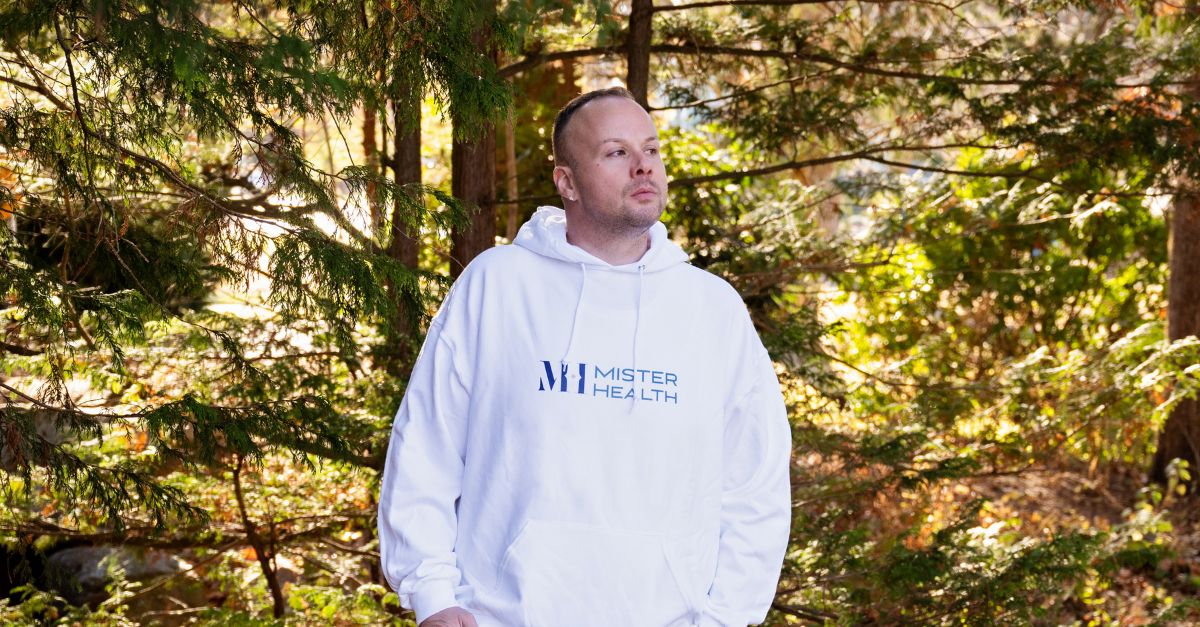Am I Gay or Straight? Exploring the Spectrum of Male Sexuality
Male sexuality is as diverse and complex as the men who experience it. Questions like Am I gay? Am I straight? Am I something else entirely? are not uncommon, especially for young men navigating their feelings and sexual identity. Society often frames sexual orientation as a binary choice—either gay or straight—but modern science and personal experiences reveal that sexuality exists on a spectrum, influenced by a range of factors.
In this article, we’ll delve into the nuances of male sexuality, explore the fluid nature of sexual desire and sexual behavior, and offer insights for better understanding your feelings. Whether you’re questioning your orientation, exploring new aspects of your identity, or seeking to understand your relationships better, this guide will provide clarity and support.
The Spectrum of Sexuality

The idea that sexuality is a spectrum was popularized by Alfred Kinsey’s research in the mid-20th century, which introduced the Kinsey Scale. This scale categorized sexual orientation along a continuum, from exclusively heterosexual (0) to exclusively homosexual (6). While this model was groundbreaking, it’s only the tip of the iceberg. Modern science recognizes that sexuality is even more fluid and influenced by multiple factors, including:
- Biological Influences: Hormones like testosterone can play a significant role in shaping sexual desire and attraction.
- Psychological Factors: Past experiences, emotional connections, and mental health all affect how we feel and express attraction.
- Cultural Context: Societal norms, gender roles, and community expectations shape how men perceive and express their sexuality.
These factors interact dynamically, meaning that human sexuality isn’t static. It can evolve over time as relationships, life experiences, and even personal self-awareness change.
Sexual Desire vs. Sexual Orientation
It’s essential to differentiate between sexual desire and sexual orientation. Desire—often tied to sex drive—refers to the motivation to engage in sexual activity, while orientation is about the gender or genders you’re attracted to emotionally and physically. For example:
- A man who identifies as straight might occasionally have sexual fantasies about other men, which doesn’t necessarily make him gay or bisexual.
- Conversely, a man who identifies as gay might feel physically attracted to women on occasion without changing his orientation.
These nuances highlight how personal and varied male sexuality is, demonstrating the importance of self-reflection and self-acceptance.
Exploring Your Sexuality: Common Questions and Experiences
1. What If I’m Attracted to Both Men and Women?
Attraction to multiple genders often aligns with a bisexual orientation, but it doesn’t mean you need to adopt a label if it doesn’t resonate. Your feelings and experiences are valid, regardless of terminology.
2. Can Sexuality Change Over Time?
Yes. Sexuality can be fluid, meaning that the people or genders you’re attracted to may shift over time. This can happen due to personal growth, changing relationships, or even cultural and environmental factors.
3. Is Experimentation Normal?
Absolutely. Many men experiment with different forms of sexual behavior to better understand their preferences. These experiences are a natural part of self-discovery and don’t necessarily define your orientation.
4. What Role Do Sexual Fantasies Play?
Sexual fantasies are an important but often misunderstood aspect of male sexuality. They can be a way for your brain to explore desires in a safe, imaginative space without necessarily reflecting your real-world preferences. For instance, a man who identifies as straight might fantasize about same-sex encounters but feel no attraction to men in real-life situations.
Society’s Impact on Male Sexuality
In Western cultures, societal norms often impose rigid expectations about what it means to be a man. These norms can create barriers to open discussions about sexuality, leading to confusion, shame, or suppression. Common societal influences include:
- Gender Roles: Traditional ideas about masculinity often discourage vulnerability or emotional openness, making it harder for men to explore their sexuality.
- Stigma and Judgment: Men who identify as gay or bisexual—or who are questioning their orientation—may fear discrimination or rejection from family, friends, or peers.
- Media Representation: Limited portrayals of diverse sexual identities in media can reinforce narrow definitions of sexual behavior and sexual orientation.
Breaking free from these societal pressures is essential for developing a healthy relationship with your sexual health and identity.
Navigating Relationships and Sexuality

Understanding your sexuality is key to building authentic and fulfilling relationships, whether with female partners, other men, or non-binary individuals. Here are some practical tips for navigating relationships while exploring your identity:
- Be Honest with Yourself: Acknowledge your feelings without judgment. Self-acceptance is the foundation for meaningful connections with others.
- Communicate Openly: Share your thoughts and experiences with partners who are supportive and open-minded. Honest conversations can deepen trust and intimacy.
- Experiment Safely: If you’re exploring new aspects of your sexuality, prioritize consent and emotional safety—for yourself and your partner.
Real Stories: Embracing Sexuality
Hearing others’ stories can provide comfort and inspiration. Take David, a young man who spent years questioning his feelings. He’d had relationships with women but couldn’t shake his attraction to men. After opening up to a close friend, he began dating men and eventually identified as bisexual. “For the first time,” David shared, “I felt like I was being true to myself.”
Self-discovery is a deeply personal journey, and there’s no “right” way to explore your sexuality.
Sexuality and Mental Health
Your mental health plays a critical role in your sexual well-being. Feelings of confusion, shame, or anxiety about your sexuality can take a toll on your emotional state. Addressing these challenges often involves:
- Therapy: Speaking with a therapist who specializes in sexual health can help you explore your feelings in a supportive, judgment-free environment.
- Self-Care: Practices like mindfulness, exercise, and journaling can help reduce stress and improve your well-being.
- Community Support: Joining LGBTQ+ groups or forums can provide a sense of belonging and reassurance.
When to Seek Professional Guidance
If you’re struggling to understand your feelings or feel overwhelmed by shame or anxiety, reaching out to a mental health professional can be transformative. Therapists specializing in men’s sexuality can help you navigate these emotions and build confidence in your identity.
Final Thoughts: Celebrating the Diversity of Male Sexuality
Sexuality is deeply personal and unique to each individual. There’s no right or wrong way to explore your feelings, and labels are optional—they’re tools for understanding, not rules for living. Whether you identify as gay, straight, bisexual, or something else entirely, what matters most is embracing your identity with honesty and compassion.
Men’s sexuality is a rich and multifaceted experience, shaped by biological, emotional, and cultural influences. From sexual fantasies to evolving relationships, every man’s journey is different—and that’s something to celebrate.
If you’re questioning your orientation or simply want to deepen your understanding of human sexuality, remember that self-discovery is a lifelong process. Embrace it with curiosity, patience, and self-compassion, and know that support is always available. Schedule a consultation today if you want to see how sex coaching with me can help you process your thoughts about your sexuality.


